 Increasingly we’re all swimming in a river of news, information and communications, and the flow is moving faster all the time. Not only are more of us accessing content online instead of paying attention to a handful of traditional media offerings, more of us are shifting our attention to such services as Twitter and what’s becoming known as the real time web, called that since frequently these services are the first place alerts, news stories and even trendy topics are emerging.
Increasingly we’re all swimming in a river of news, information and communications, and the flow is moving faster all the time. Not only are more of us accessing content online instead of paying attention to a handful of traditional media offerings, more of us are shifting our attention to such services as Twitter and what’s becoming known as the real time web, called that since frequently these services are the first place alerts, news stories and even trendy topics are emerging.
This real time web is becoming more important, but it’s further diluting the attention we can pay to any one piece of news, information or communication. One reason it’s importance is increasing is that more of us can access the real time web with our computers, of course, but especially with our mobile devices which we carry about wherever we go.
Because of this ability to connect with online services regardless of where we are, more of us are always on and always connected and our attention is split between an ever growing array of places online. We’re able to pay attention to this news, information and communication flow in the grocery store, while waiting in our car at a stoplight, while our kids are huddled with the coach during a momentary lull in their soccer game, or when we’re watching a TV show or political debate and “discussing” it with those whom we’re connected with through these sorts of services like Twitter.
Our dispersed attention isn’t just a problem for each of us trying to keep our heads above water in that rapidly flowing river of stuff, it’s also a huge problem if you are an entrepreneur, marketer, salesperson, small business owner, or even a teacher or cub scout leader trying to communicate the essence of your message and get people to pay attention to you and to it whether that message is delivered in person or online.
Thankfully there are some new models emerging that are beginning to point the way toward how we must communicate in a world with a scarcity of attention and is enabling more of us to understand how to cut to the chase and get the essence of our points across…. [Read More…]
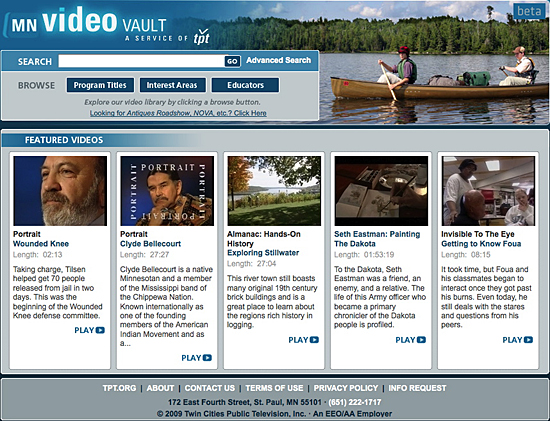 This morning I was made aware of a beta offering from
This morning I was made aware of a beta offering from  Listening to
Listening to 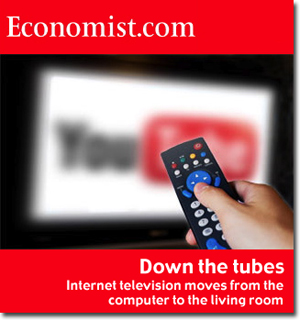 It’s refreshing (and validating) to have a prestigious news organization like the United Kingdom-based Economist, write an article that supports the position I (and many others) have taken that ISP bandwidth caps and
It’s refreshing (and validating) to have a prestigious news organization like the United Kingdom-based Economist, write an article that supports the position I (and many others) have taken that ISP bandwidth caps and  Having information and facts at-your-fingertips about the internet and web is absolutely critical whether you’re a startup needing content for your pitch, a marketer needing to understand a 40,000 foot view of trends, a corporate user needing to understand mobile access to the ‘net or international usage, or if you’re just someone like me: an info-junkie who needs a constant data fix in order to constantly track what’s hot and what’s not.
Having information and facts at-your-fingertips about the internet and web is absolutely critical whether you’re a startup needing content for your pitch, a marketer needing to understand a 40,000 foot view of trends, a corporate user needing to understand mobile access to the ‘net or international usage, or if you’re just someone like me: an info-junkie who needs a constant data fix in order to constantly track what’s hot and what’s not.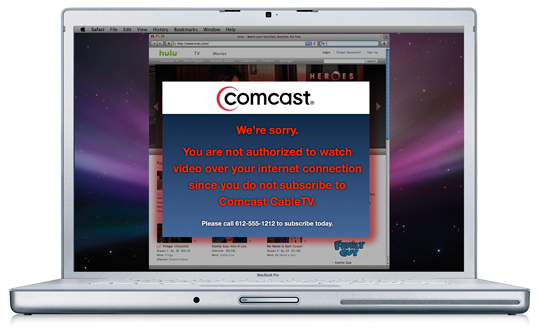 Are you enjoying the ability to watch TV shows and movies streamed through the internet to your computer or media center with the likes of
Are you enjoying the ability to watch TV shows and movies streamed through the internet to your computer or media center with the likes of 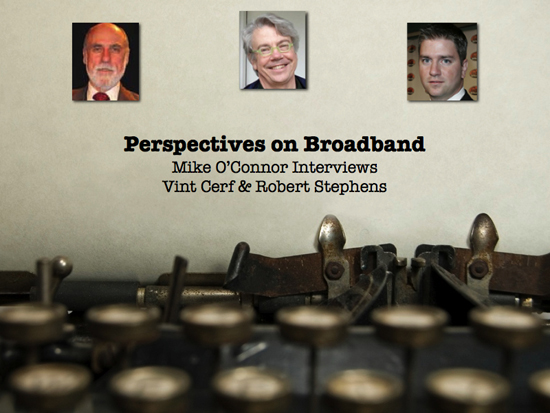

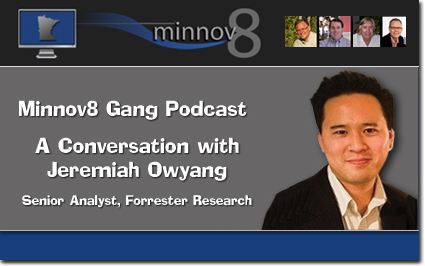
 A group of Star-Tribune employees have launched a new campaign aimed at engaging the community to come up with new ways to save the bankrupt newspaper. What I find most innovative with the ‘Save The Strib’ effort is the use of social media to spread the word via
A group of Star-Tribune employees have launched a new campaign aimed at engaging the community to come up with new ways to save the bankrupt newspaper. What I find most innovative with the ‘Save The Strib’ effort is the use of social media to spread the word via